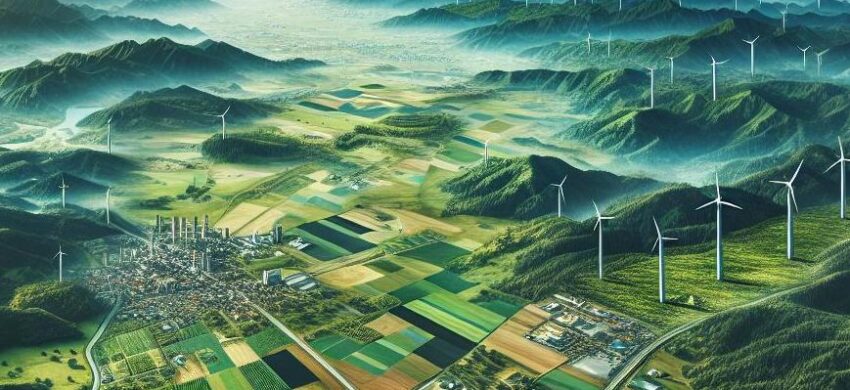Technological innovations hold the capacity to extensively reshape the landscape of land use policies. As modern technology such as Geographic Information Systems (GIS), Laser Imaging Detection and Ranging (LiDAR), and drones evolve, they provide more precise data which can ideally support more informed land use decisions. This accuracy enhances our ability to plan for sustainable development, assess environmental impact, and manage resources effectively.
Furthermore, advanced technologies like Augmented Reality (AR) can visualize land use changes, facilitating better understanding and informed decisions. Digital platforms and AI provide platforms for public input, making the policy-making process more democratic.
Tech-driven models such as urban growth simulation and predictive analytics can help policymakers anticipate future urban growth patterns and the consequent infrastructural requirements, aiding in proactiveness. With better tracking and predicting capacity, technological advancements can enable more proficient management of land use changes and challenge associated with climate change and urbanization.
Potential hazards, however, include diminished privacy and increased dependency on technology which may influence transparency and ease of access to information. Efficient land use policy should embrace these advancements while mitigating potential drawbacks.
Providing a balance between advancement and protection will be an imperative future trend in this sector. Preserving local involvement in policy development ensures equity, even as we stride towards a more technologically driven policy world.
 |
 |
 |


